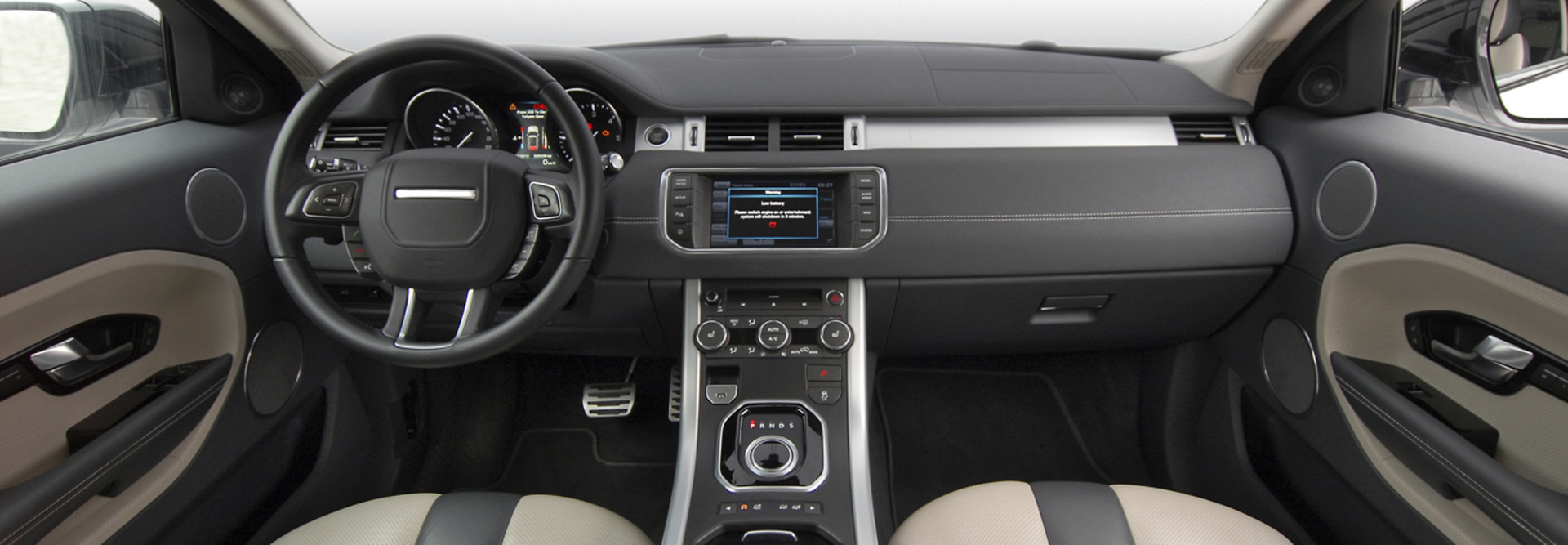7 Tips to Optimize In-Vehicle Mobility Performance
Your experience with in-vehicle computing probably lands somewhere on the spectrum between the state-of-the-art CDW Technoliner and this parody from our friends at Gordon & Taylor.
You’re likely all too aware of a few limitations your mobile users would like to eliminate. Whether on foot, in a vehicle, on a motorcycle, mobile command center or boat, mobility solutions should maximize effectiveness, efficiency and safety in the field.
Creating and maintaining a mobile work environment is no small task. Interconnected system components and different vehicles create a constantly moving target for mobility professionals. In my 10-plus years of experience designing mobility systems for a wide variety of users, I’ve seen a handful of trends that stand out. Simple tips, tricks and some general best practices can simplify and empower mobile users while making it easier for them to maintain and manage change. Here are some of my favorites:
1. Automate the computer’s power behavior with a power timer
With a timer like the Havis Changeguard, you can set a computer to boot up with a turn of a vehicle’s ignition key and power down minutes or hours after the vehicle is shut off, saving you valuable time.
2. Realize vehicle fuel savings with an idle management system
When vehicles are on scene, often for hours, fuel costs can soar. Put a lid on operating costs by integrating an auto-idle system like the Havis IdleRight that cycles the car on and off while maintaining your electronics and batteries.
3. Properly mount and dock all mobile devices to optimize their safety and effectiveness
Today, there are many ways to mount and dock computers and mobile devices. The way things were done in past years may not be the most ergonomic or cost-effective solution now. Devices such as laptops, tablets, phones and printers should all be mounted, docked and powered properly to ensure they are safe and ready for use when it counts.
4. Secure the mobile environment
Today’s mobile users operate under a “mobile first” paradigm, where tools and information are extended from the enterprise to the field as their primary function, instead of an add-on feature set. Security, in the past considered a solution unto itself, is now pervasive at every level of system design. Secure virtual private networks, designed for mobile use, have session persistence functions to maximize connectivity uptime. Advanced authentication solutions and mobile device management platforms allow for securing the mobile environment to match appetite for risk and to comply with security policies.
5. Automate your vehicle diagnostics system
Many solutions on the market today offer auto-alert and management functions for a vehicle’s diagnostics systems. These include valuable features like having the system email error codes and maintenance warnings to fleet managers. Real-time fleet management software can track a vehicle’s location, fuel efficiency and engine temperature, among other things.
6. Use a mobile access router (MAR) for communications
This is the difference between consumer and commercial wireless. For the best performance — including enterprise networking, security features and over-the-air management — choose a MAR. A MAR provides 15 to 30 miles of range on the cellular antenna, versus the usual three to five miles. It is also capable of multicasting GPS data to multiple devices and can create a Wi-Fi hotspot around the car. As more devices are integrated into vehicles, the ability of a MAR to connect everything and backhaul off a single wireless wide area network modem becomes the most effective option from both a performance and a cost perspective. The MAR architecture also positions a fleet to easily light up advanced mobility services such as automatic vehicle location, radio frequency identification tracking, vehicle diagnostics, video streaming and redundant communications.
7. Keep drivers safe with a distracted-driving solution.
No in-vehicle computing solution is complete without a means of preventing distracted driving. While use policies should be dictated and enforced, an automatic software-based solution should be integrated to enhance safety on the road. Software such as AutoExec’s Screen Out allows for customizing computer behavior based on conditions in the field.









